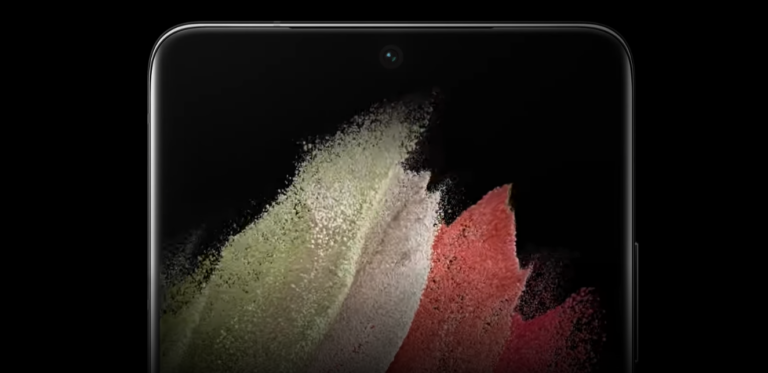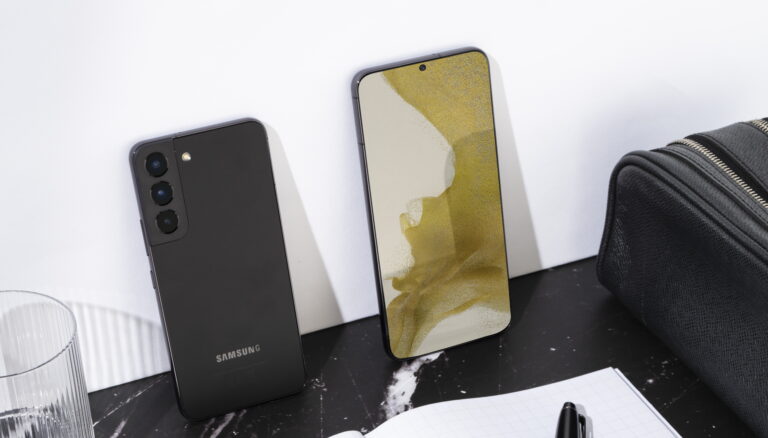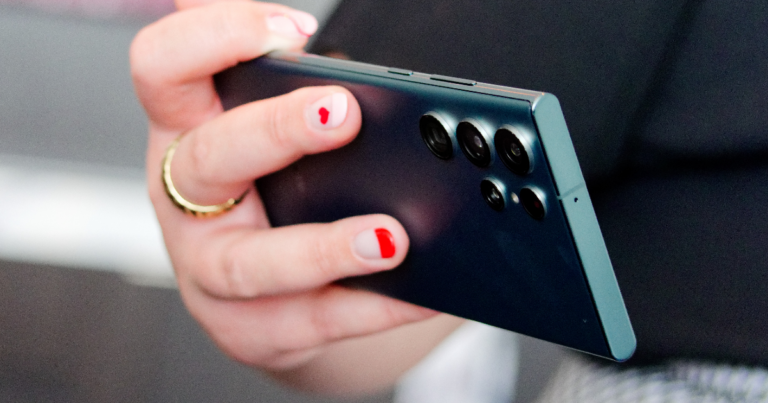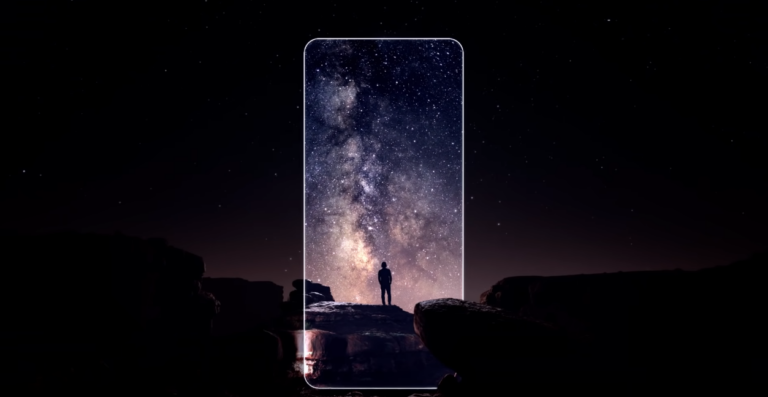Optus Mobile Review ALDI Mobile Review Amaysim Mobile Review Belong Mobile Review Circles.Life Review Vodafone Mobile Review Woolworths Mobile Review Felix Mobile Review Best iPhone Plans Best Family Mobile Plans Best Budget Smartphones Best Prepaid Plans Best SIM-Only Plans Best Plans For Kids And Teens Best Cheap Mobile Plans Telstra vs Optus Mobile Optus NBN Review Belong NBN Review Vodafone NBN Review Superloop NBN Review Aussie BB NBN Review iiNet NBN Review MyRepublic NBN Review TPG NBN Review Best NBN Satellite Plans Best NBN Alternatives Best NBN Providers Best Home Wireless Plans What is a Good NBN Speed? Test NBN Speed How to speed up your internet Optus vs Telstra Broadband ExpressVPN Review CyberGhost VPN Review NordVPN Review PureVPN Review Norton Secure VPN Review IPVanish VPN Review Windscribe VPN Review Hotspot Shield VPN Review Best cheap VPN services Best VPN for streaming Best VPNs for gaming What is a VPN? VPNs for ad-blocking If you’re looking for a short and sweet rundown to help determine whether or not one of Samsung’s latest Galaxy devices is worth the upgrade, we’re here to help. Samsung typically holds between 2 and 3 Unpacked events over the course of each year. However, the exact timing of these hardware-centric events varies from year to year. Australians looking to tune into Samsung’s next Unpacked will be able to do so via a YouTube livestream at 2AM on the 10th of February. For reference, last year’s Samsung Galaxy S21 had a 6.2-inch display. The Samsung Galaxy S21+ bumped that up to 6.7-inches while the Galaxy S21 Ultra boasted a 6.8-inch display. This time around, the Samsung Galaxy S22 comes armed with a 6.1-inch display with FHD+ resolution and a 120Hz variable refresh rate. The screen on the Samsung Galaxy S22+ is to be more or less identical, except that it will be larger at 6.6-inches and capable of a higher peak brightness. The physical footprint of the screen on this year’s Galaxy S22 Ultra matches that of its predecessor. The high-end screen on the S22 Ultra is said to be curved, with a higher QHD+ resolution and a 120Hz variable refresh rate. To start with, the Samsung Galaxy S22 has a 3700mAh battery. This means its actually smaller than last year’s Samsung Galaxy S21, which shipped with a 4000mAh battery. The Samsung Galaxy S22+ will bump this figure up to 4500mAh. Although a notable improvement, this figure still falls short of the 4800mAh battery found in Samsung’s Galaxy S21+. Finally, the Samsung Galaxy S22 Ultra will offer a significantly more sizable 5000mAh battery that’s on par with last year’s Galaxy S21 Ultra. While some regions will see the latest Samsung Galaxy devices powered by Qualcomm’s Snapdragon 8 Gen 1 processor, others will get a model made to work with Samsung’s own Exynos 2200 processor. Australians are typically treated to the Exynos version of Samsung’s Galaxy S devices. However this time around, we’re getting the Snapdragon version. Those who decide to pay the premium for the beefier Samsung Galaxy S22 Ultra are said to have a choice between several different versions RAM and storage configurations. The first of these pairs 8GB of RAM with 128 GB of storage. The second gives buyers an upgrade to 12 GB of RAM and the option of either 256 GB, 512 GB or 1 TB of storage. These multi-lens arrays incorporate a 50-megapixel primary lens, a 12-megapixel ultra-wide lens and a 12-megapixel telephoto lens. On paper, this seems slightly different from the triple-lens setup found on the Galaxy S21 and Galaxy S21+. However, the rear cameras on those devices combined a 12-megapixel primary lens, a 64-megapixel telephoto lens and a 12-megapixel ultra wide lens. The Samsung Galaxy S22 Ultra will up the ante on this by increasing the sensor on the primary lens to 108-megapixels and adding a second 10-megapixel telephoto lens into the mix. Although this seems like a significant upgrade on the optics found on the Galaxy S22 and Galaxy S22+, it’s more or less identical to the rear camera found in last year’s Galaxy S21 Ultra. While the Samsung Galaxy S22 Ultra has gotten a major design overhaul that feels directly inspired by the legacy of the Samsung Galaxy Note, many of the differences between this and last year’s Galaxy S smartphones will involve software rather than hardware. Across the board, there’s a real emphasis on video content. For example, there’s a new “Super Steady System” that reduces camera shake for the camera on all three devices and a new night portrait setting that lets the Galaxy S22 succeed where the Galaxy S21 stumbled. The Samsung Galaxy S22 also promises to leverage new AI image processing that promises to add new detail to the way that depth, skin and eyebrows are rendered by the multi-lens cameras found across the range. Beyond the camera side of things, the Galaxy S22 also features a new Display Vision feature. When enabled, this analyzes the surrounding environment and optimizes both the refresh rate and tone-map of images displayed on the screen. Samsung says that this should make for better life and better visibility when it comes to using the device in direct sunlight.
Samsung Galaxy S22 from $1,249 Samsung Galaxy S22+ from $1,549 Samsung Galaxy S22 Ultra from $1,849
Aussies who can’t wait to get their hands on either the Samsung Galaxy S22, Galaxy S22+ or Galaxy S22 Ultra have until March 3rd, 2022 to get their pre-order in. From the following day onwards, all three devices will go on-sale via retail and other channels. Depending on who they go with, early adopters will score a number of additional freebies. Those who pre-order any of the three devices through Telstra will score a free 12-months of Disney+ and a Samsung Tab A8 tablet. Going about things through Optus on the other hand gets you a free Galaxy Watch4 (valued at $549). Voda’s pre-order boasts the biggest numbers. However, there are a few strings attached. Customers who pre-order the Galaxy S22 through the carrier are eligible for up to $720 in trade-in value and $600 in bonus credit. In addition to the above, there are a number of pre-order bonuses for each device that are included as standard through participating Australian retailers and telcos. Things are a little complicated, but the chart below should help simplify things.



